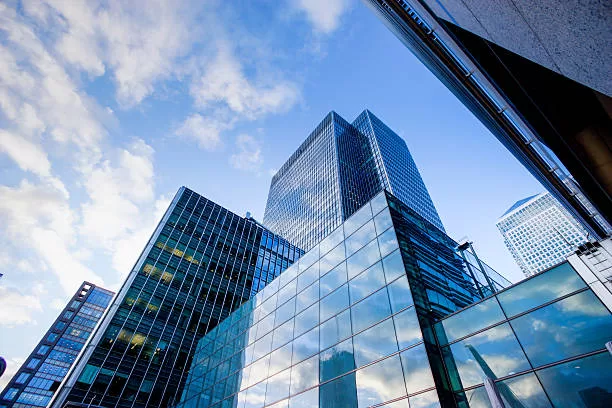
From humble homes to towering skyscrapers, the backbone of every city rests on a foundation of infrastructure. But this intricate network of streets, pipes, and structures not only relies on sturdy materials and ingenious design, it also critically depends on a seemingly invisible element: water quality.
The Hidden Threat in Every Drop:
While water forms the lifeblood of construction, its purity can spell the difference between a lasting monument and a crumbling testament to poor planning. Contaminated water used in concrete mixes can lead to premature cracking, corrosion of embedded steel, and reduced structural integrity. Imagine bridges succumbing to internal fractures, or sewage treatment plants buckling under the strain of weakened foundations – the consequences of ignoring water quality in construction can be catastrophic.
Beyond Structural Integrity:
But the impact of water quality extends far beyond the physical stability of our infrastructure. Contaminated water used in the production of building materials can release harmful chemicals into the air we breathe, posing a significant health risk to occupants. Additionally, water used for cooling systems or wastewater treatment can harbor pathogens, leading to contamination and environmental damage.
Navigating the Turbulent Waters:
So, how do we ensure our infrastructure rests on a foundation of liquid gold? Several key strategies can guide the way:
- Testing and Treatment: Rigorous testing of water used in construction, coupled with appropriate treatment when necessary, is the first line of defense. This minimizes the risk of using contaminated water in critical applications.
- Material Selection: Opting for materials resistant to corrosion and chemical degradation can further mitigate the risks associated with poor water quality.
- Sustainable Practices: Embracing rainwater harvesting, greywater reuse, and other sustainable water management practices not only reduces dependence on potentially contaminated sources but also promotes long-term resource conservation.
- Innovation and Collaboration: Research and development of novel materials and construction techniques specifically designed to withstand the challenges of poor water quality can offer promising solutions for the future.
Investing in Our Future:
By prioritizing water quality, we invest not only in the resilience of our infrastructure but also in the well-being of our communities and the health of our planet. Let us recognize the vital role water plays in the very foundation of our built environment and commit to building a future where every drop counts, ensuring our infrastructure stands tall as a testament to responsible planning and unwavering commitment to sustainability.
0 Comments